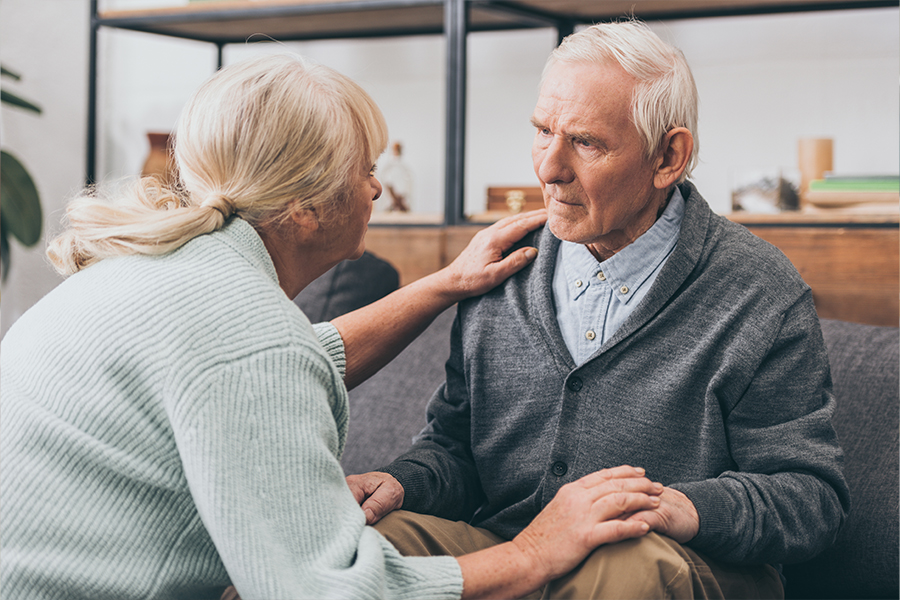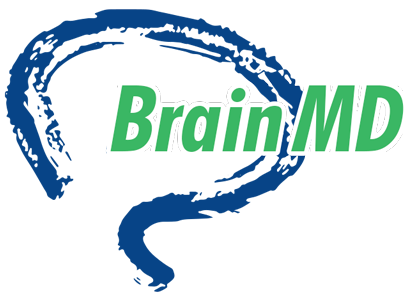
Parkinson’s disease (PD) is a progressive neurological condition that affects movement, balance, and quality of life. While it often develops gradually, recognizing the early signs can make a significant difference in managing the disease. Coupled with recent advancements in treatment, patients today have more tools than ever to live fuller, healthier lives.
Understanding Parkinson’s Disease
Parkinson’s occurs when nerve cells in the brain that produce dopamine begin to break down. Dopamine is a chemical messenger that plays a key role in movement and coordination. As dopamine levels drop, symptoms like tremors, stiffness, and slowed movement emerge.
Early Signs of Parkinson’s Disease
The symptoms may be subtle at first, but early detection can lead to better treatment outcomes. Some of the most common early signs include:
- Tremors – slight shaking in the hands, fingers, or chin.
- Changes in handwriting – smaller, cramped writing (micrographic).
- Slower movements (bradykinesia) – difficulty initiating or completing movements.
- Stiffness in muscles – reduced flexibility in arms, legs, or back.
- Balance issues – increased risk of tripping or falling.
- Facial masking – reduced expression or a “serious” look.
- Soft or slurred speech – voice changes that are noticeable to others.
If you or a loved one notices these symptoms, consulting a neurologist is essential.
Advancements in Parkinson’s Treatment
While Parkinson’s has no cure yet, breakthroughs in treatment are improving outcomes and quality of life.
1. Medications
- Levodopa (with Carbidopa) remains the gold standard, replenishing dopamine in the brain.
- Dopamine agonists and MAO-B inhibitors offer alternative ways to manage symptoms.
- New extended-release formulations help reduce “off” periods where medication effectiveness wears off.
2. Deep Brain Stimulation (DBS)
This surgical treatment uses electrodes implanted in specific brain areas to regulate abnormal signals. DBS can significantly reduce tremors, rigidity, and motor fluctuations in advanced cases.
3. Advanced Therapies
- Infusion therapies deliver medication continuously for smoother symptom control.
- Focused ultrasound is an emerging non-invasive option to target tremor-causing brain regions.
4. Lifestyle & Supportive Therapies
- Physical, occupational, and speech therapy improve mobility, independence, and communication.
- Exercise programs like tai chi, yoga, and dance are shown to enhance balance and flexibility.
- Diet and supplements may support brain health alongside medical care.
The Future of Parkinson’s Care
Ongoing research is exploring gene therapies, neuroprotective drugs, and stem cell treatments aimed at slowing or even reversing disease progression. Advances in wearable technology and AI-driven monitoring also help patients and doctors track symptoms in real time.
Final Thoughts
Early recognition of Parkinson’s signs, combined with modern treatment options, can greatly improve quality of life. While a cure has not yet been found, science is moving closer each year. With the right combination of therapies, lifestyle choices, and medical support, people with Parkinson’s can continue to lead fulfilling lives.
If you or someone you know is experiencing early symptoms, don’t wait; consult a neurologist and explore available treatment options.
